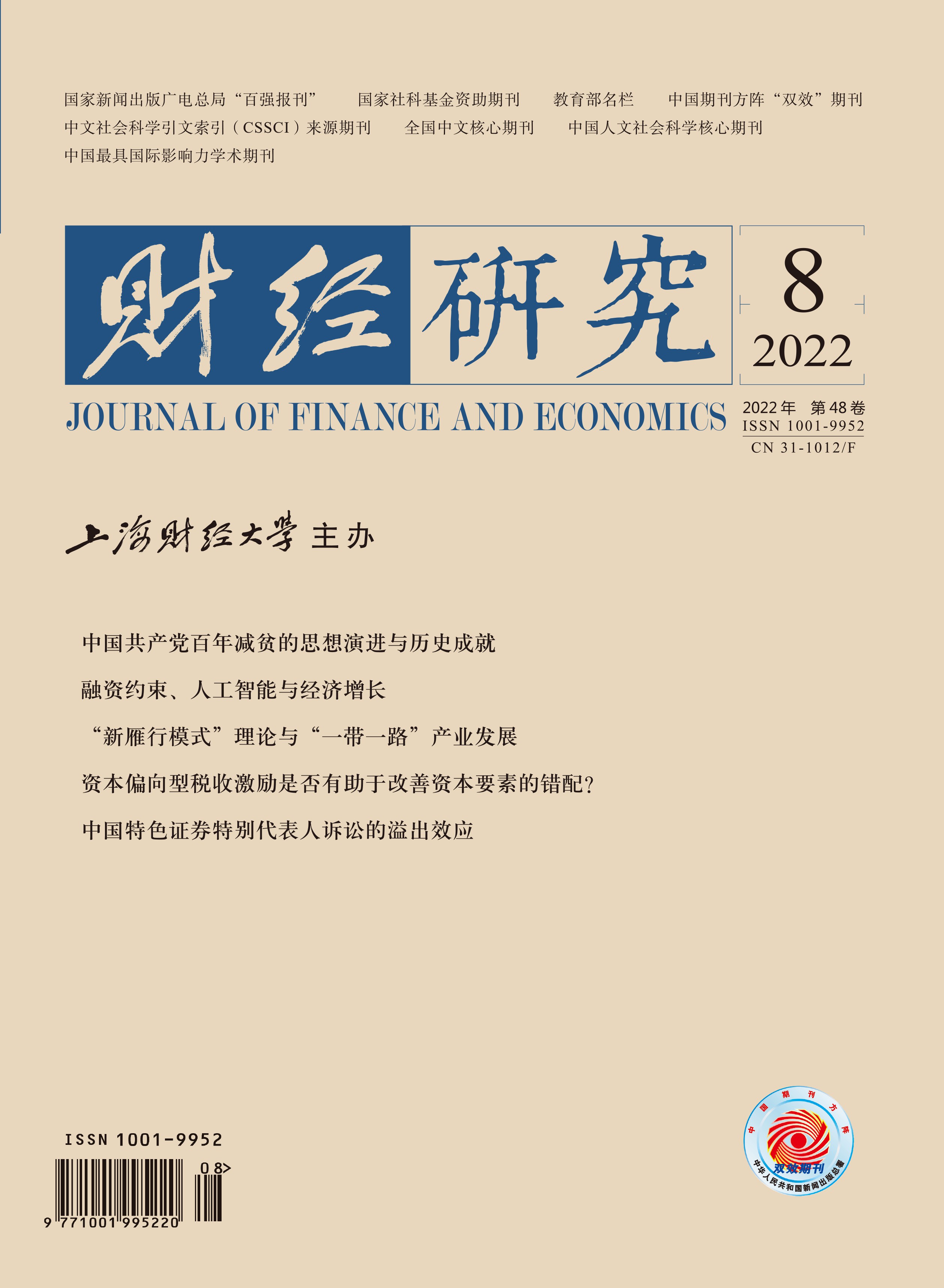Under the current standards, China has eliminated absolute poverty and has achieved decisive progress and staged victory in poverty alleviation. After 2020, consolidating the achievements of poverty alleviation and reducing long-term poverty will be the focus of anti-poverty. Therefore, it is necessary to analyze the impact of different poverty reduction policies on the long-term poverty rate, depth of poverty and costs of long-term poverty reduction. This will help to optimize existing poverty reduction policies and allocate resources for poverty alleviation efficiently.
This paper develops a dynamic theoretical model to compare vulnerability to poverty and investment decisions of households with different asset levels in the three cases of government cash subsidy, health insurance and health insurance with premium subsidy. On this basis, this paper further analyzes the changing trend of long-term poverty rate, depth of poverty and costs of long-term poverty reduction in the three cases. It is found that: First, health insurance has an ex-post vulnerability reduction effect, especially for families who are non-poor vulnerable. Second, for families who are poor and non-poor vulnerable, health insurance can increase productive investment through the ex-ante investment incentive effect. Third, compared with government cash subsidy, “government cash subsidy + premium subsidy” significantly lowers the long-term poverty rate, depth of poverty and costs of long-term poverty reduction.
This paper contributes to the existing literature in three ways: First, this paper develops a dynamic theoretical model to compare vulnerability to poverty and investment decisions of households. Further, it analyzes the ex-ante incentive effect of health insurance on the production investment of poor and non-poor vulnerable families, enriching the theoretical research on the mechanism of health insurance in poverty reduction and prevention of returning to poverty. Second, from the perspective of long-term poverty reduction, this paper discusses the mechanism of health insurance on the poverty dynamics of different groups, especially the impact of health insurance on the inter-temporal capital dynamics of non-poor vulnerable families, and deepens the understanding of the function of health insurance to restrain the return to poverty. Third, on the basis of government cash subsidy, this paper introduces health insurance and further explores the synergistic effect of the two on long-term poverty reduction.





 4976
4976  4370
4370

